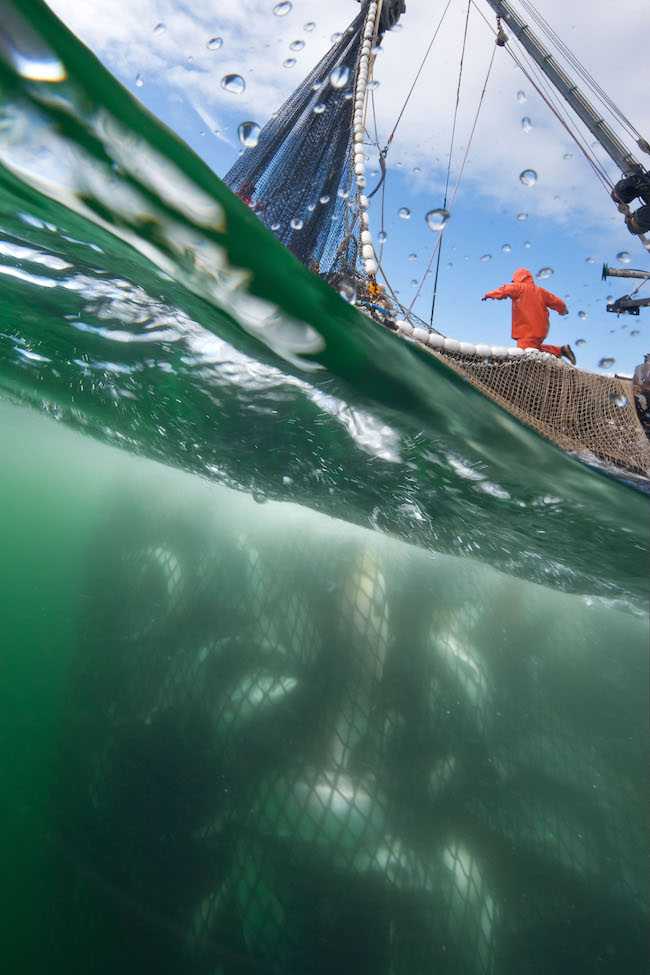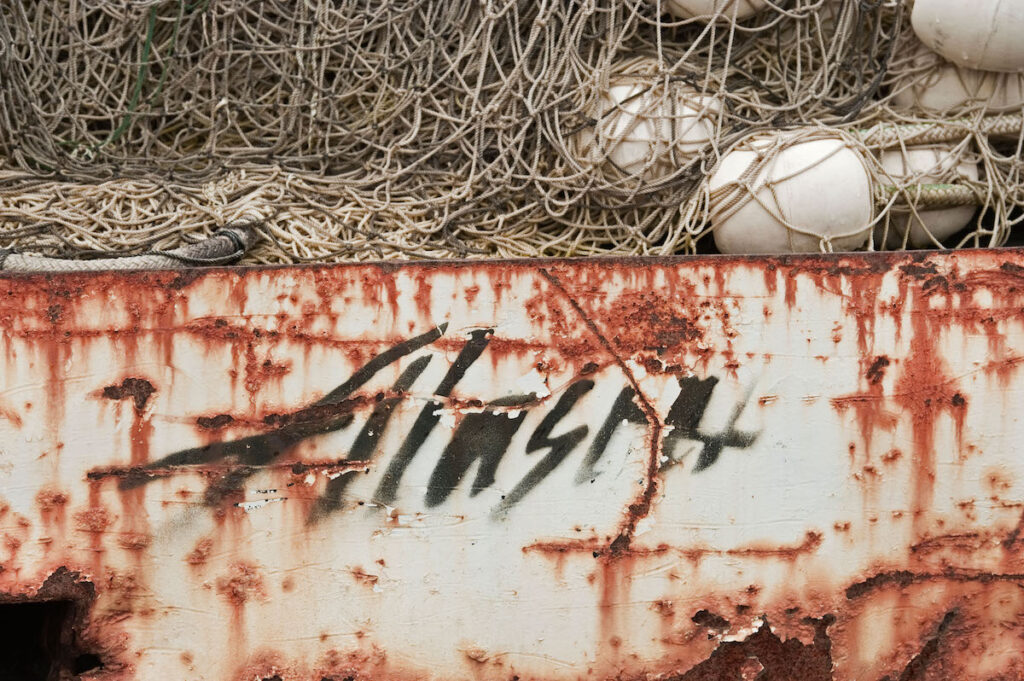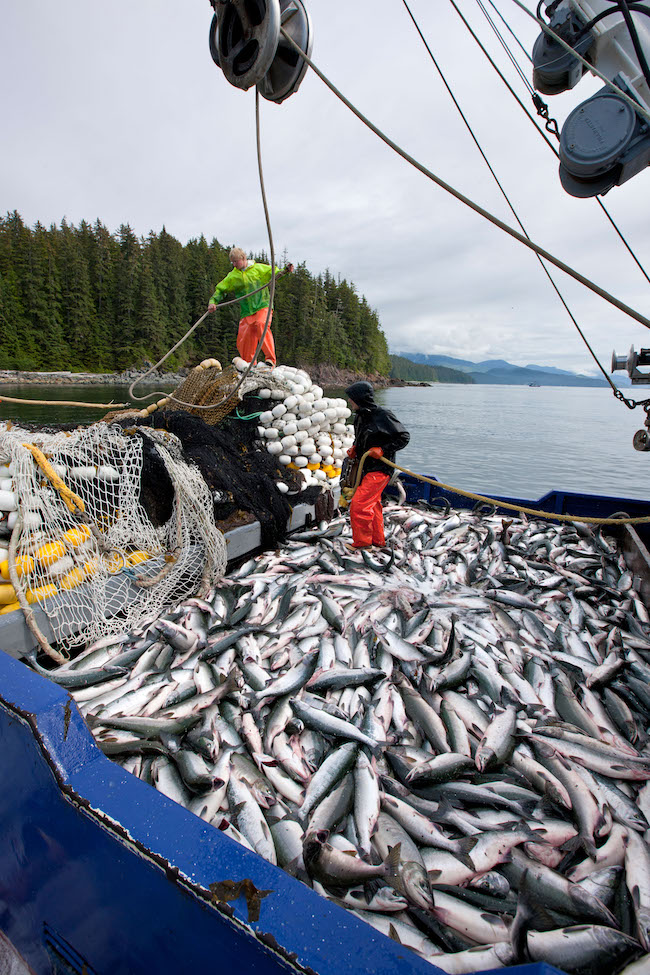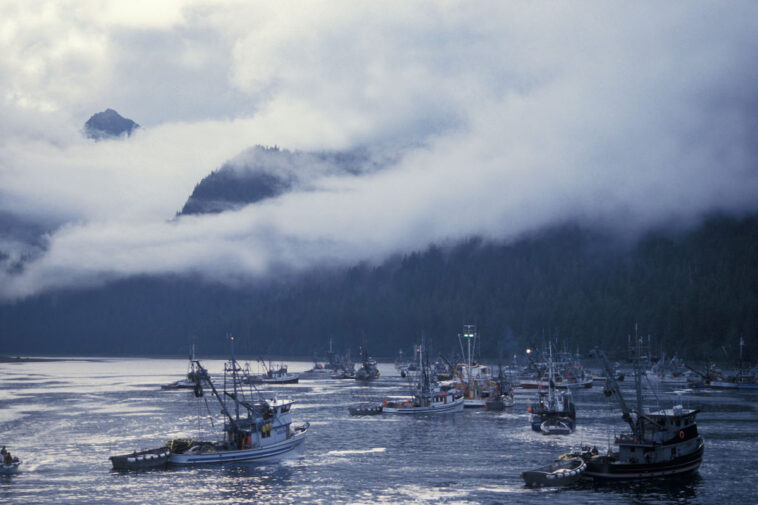While 60 percent of commercial salmon harvesters in BC hung up their nets in 2021 due to federal government closures, Alaskan fisheries were in full swing, with more than 3,000 boat-days logged and nearly 800,000 sockeye salmon harvested, according to a new study.
“In addition to sockeye, tens of thousands of Canadian Chinook and coho were also harvested, as well as large but unknown numbers of co-migrating Canadian pink, chum, and steelhead, many of which come from threatened and endangered populations,” according to a press release issued by Watershed Watch Salmon Society.

“We knew the Alaskans were intercepting a lot of B.C. salmon, but the numbers in this report are staggering”, Greg Knox, Executive Director for SkeenaWild said in a media release.
The report, commissioned by Watershed Watch Salmon Society and SkeenaWild Conservation Trust, was released as Canada and the United States commence their annual review of their joint salmon management pact under the Pacific Salmon Treaty, which isn’t slated to be renegotiated until 2028.
Salmon stocks in B.C. have seen some of the lowest returns in history over the past five years, prompting the Department of Fisheries and Oceans to close 60 percent of B.C. commercial salmon fisheries in June, providing $647 million for the Pacific Salmon Strategy Initiative to rebuild depressed stocks and commence a commercial license buyback program.

According to the new study, efforts to rebuild salmon stocks in Canada could be negated by U.S. fisheries. It notes that interception fisheries in Southeast Alaska’s District 104 on the outer coast of the panhandle – where local rivers don’t support significant salmon populations – could be contributing to recent declines in B.C. salmon returns to the Skeena, Nass and Fraser Rivers.
“I’m also appalled at their failure to report their by-catch of non-target species, which Canadian fishers are required to do,” Knox said.

The report states that nearly 34 million pink salmon were caught in Southeast Alaska in 2021, but it’s still unclear what proportion of that were of Canadian origin. As well, over 1.2 million chum were harvested in District 104, many of them produced in Alaskan hatchery facilities, however due to the lack of reporting, both SkeenaWild and Watershed Watch admit the number of co-migrating B.C. chum is unknown.
“Alaskan fisheries are now the biggest harvesters of a growing number of depleted Canadian salmon populations,” said Aaron Hill, Executive Director of Watershed Watch Salmon Society.

“Canadian fishers and taxpayers are making incredible sacrifices to protect and rebuild our salmon runs, while the Alaskan interception fishery continues unchecked. It is irresponsible of both countries to continue to allow this. The governments of Canada and B.C. need to stand up right now and do something about this Alaskan plunder,” he said.





One Comment
Leave a ReplyOne Ping
Pingback:Alaskans Think A Report Showing They’re Intercepting BC Salmon Is ‘Unfair and Biased’ - THE SKEENA